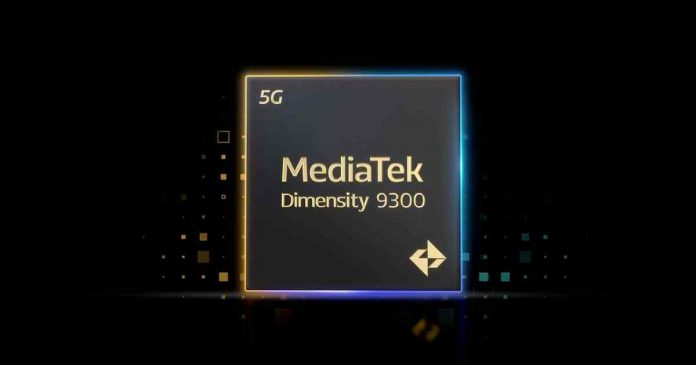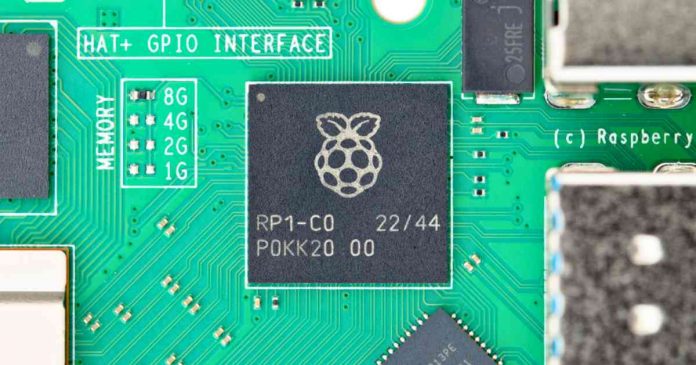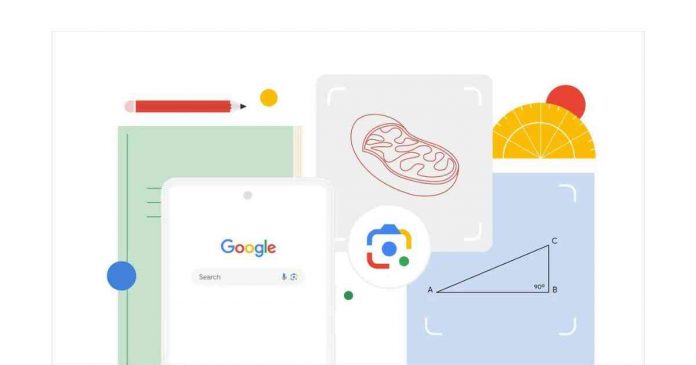Are you looking to make your Android phone more personal and efficient? You might think you need to root your device to do this, but that’s not the case. Rooting can be risky and complicated, but luckily, there are plenty of Android hacks and tweaks you can do without it.
In this guide, we’ll explore some simple yet powerful ways to tweak your Android phone without rooting. These hacks will help you customize your device to better suit your needs and preferences, all while keeping your phone’s warranty and security intact. So, let’s dive in and discover how you can enhance your Android experience with these easy and safe modifications.
1. Change the look with unique launchers:
One of the most transformative hacks for your Android device is the use of launchers. These are applications that replace your home screen with a customizable interface, allowing you to change the appearance, layout, and the way you interact with your apps and widgets.
Launchers like Nova Launcher, Apex, and Action Launcher offer a plethora of customization options. You can change icon sizes, choose different scrolling effects, and even create custom gestures for navigating your device. Some unique launchers allow for deeper changes, like altering the entire user interface to mimic other operating systems or to create a completely unique user experience. For those who crave organization, Smart Launcher organizes your apps into categories, making it easier to find what you’re looking for.
For those who appreciate a clutter-free and streamlined interface, clean and minimalist launchers are a godsend. Launchers like Niagara and Nothing Launcher provide a simplistic, clean interface that prioritizes ease of use and efficiency. They strip away the unnecessary frills, focusing on smooth performance and accessibility.
2. Change wallpapers automatically:
Keep your home screen fresh and dynamic by setting your wallpapers to change automatically. Use apps like Tapet and Wallpaper Changer to rotate your wallpapers on a schedule or each time you unlock your device, ensuring your home screen always has a new look.
Whether you prefer a daily surprise or a new scene every time you unlock your phone, these apps can curate your gallery or favorite images or even generate a new wallapaper everytime to keep your home screen vibrant and dynamic. It’s a simple yet effective Android tweak you can do to personalize your device.
3. Automate different tasks:
Transform your Android device into a personal assistant with automation apps like MacroDroid, Tasker and IFTTT. These powerful tools allow you to automate various tasks, from sending texts at specific times to changing settings based on your location. Unleash the full potential of your device by creating custom automation that suits your lifestyle.
4. Save battery life:
Elevate your battery-saving game with Pixoff, an app designed to extend your device’s battery life by turning off pixels on your screen. This app applies a filter that effectively shuts down pixels, particularly beneficial for AMOLED screens where black pixels are completely turned off, conserving significant amounts of power.
Pixoff also offers a night filter, reducing the harmful blue light emitted by your screen, which not only saves battery but is also easier on your eyes. For those seeking the ultimate battery conservation, Pixoff provides the option to set a true black wallpaper, leveraging the unique properties of AMOLED screens to save even more power.
5. Kill the background apps:
Keep your device running smoothly by managing background apps. KillApps is a powerful tool that allows you to close all running apps with just a simple touch. It’s designed to be user-friendly and efficient, providing you with the ability to close background tasks and services, including both user apps and system apps. The app also comes with a widget for quick access right from your home screen to effortlessly kill background apps, freeing up memory and CPU resources.
6. Control internet access to different apps:
Take charge of your data usage by controlling which apps have access to the internet. With the Firewall Security app, you can effortlessly manage which apps can connect to the internet and which cannot without rooting your device. The app provides real-time insights into which applications are trying to connect to the internet. With a simple tap, you can grant or deny internet access to individual apps.
7. Dual apps environment:
Another one of the Android tweaks — running multiple instances of an app. Parallel Space-Multi Accounts helps you to run multi accounts of the same app simultaneously. This means you can run multiple WhatsApp, Facebook accounts or any other app or game in one phone. Parallel Space is based on MultiDroid, the first application virtualization engine on Android. App features include custom themes to cloned apps, protects user privacy by making apps invisible on device with the Incognito Installation feature, and supported 24 languages.
8. Run every app in full-screen mode:
Immersive Mode Manager tool lets you force your apps or games to display in full-screen mode. You can either define a global “Immersive Mode” which will be applied system-wide. Or if you wanna go further you can define the “Immersive Mode” per-app.
9. Smart indicators for anything:
PowerLine is the perfect app to make your phone looks different. PowerLine is a really powerful app that lets you have a highly customizable bar at the top of your screen to display how much battery is left, how much time you use your smartphone etc. Not only the top you also can show indicator bars on any side of the screen and also can display any number of indicators at the same time on screen.
10. Music visualizer beneath your phone’s navigation bar:
Bring your Music Experience to life with floating visualization beneath your on-screen Navigation Bar. MUVIZ is a first-of-its-kind app that displays a music visualizer beneath your navbar while you are listening to your favorite music from your favorite apps. MUVIZ not only enhances your music experience, but it also elevates your video experience by showing visualizations over your favorite video apps like Youtube, MX Player, etc.,
Simple Hacks to Tweak Android Like a Pro:
Many Android users believe they need to root their phones to customize them. However, these are some of the best Android hacks and tweaks that can be done without rooting. These simple and risk-free methods open up a world of possibilities, allowing you to make the most out of your device. So go ahead, try out these Android tweaks, and enjoy a more personalized and efficient Android experience.












